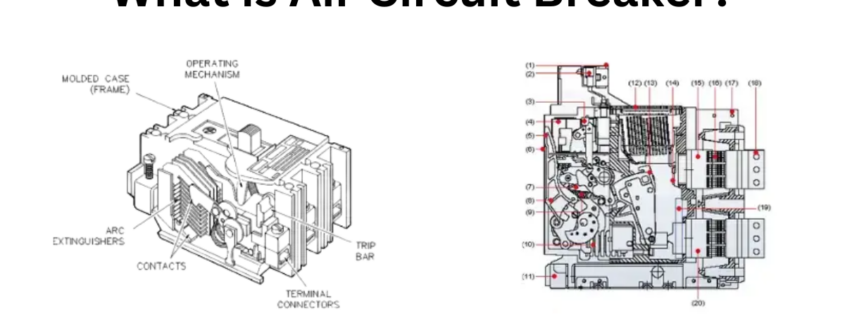A Comprehensive Guide to (ACB) Air Circuit Breakers
In the intricate world of electrical systems, the unsung heroes ensuring safety and efficiency are Air Circuit Breakers (ACBs). As your trusted Houston Electrical Supplier, Triple C Electric presents a comprehensive guide to help you understand the significance of ACBs in both commercial and residential applications.
What is an Air Circuit Breaker (ACB)?
An Air Circuit Breaker (ACB) is a pivotal component in electrical systems designed to ensure safety and control over the flow of electricity. Unlike traditional circuit breakers, ACBs employ compressed air as a medium to extinguish arcs that may occur during overcurrents or short circuits. Acting as a guardian for both commercial and industrial settings, ACBs play a crucial role in protecting electrical systems and equipment.
ACBs are versatile, offering various types to suit specific voltage levels and applications, making them indispensable for safeguarding valuable equipment and ensuring the uninterrupted operation of electrical systems.
How Does Air Circuit Breaker (ACB) Work?
ACBs are designed to halt the flow of electricity under specific conditions, preventing damage during overcurrents or short circuits. Unlike oil circuit breakers, ACBs use pressurized air to extinguish arcs, providing a safer alternative. But how do they work?
When a fault is detected, the ACB interrupts the current flow by separating its contacts, creating an arc. Utilizing pressurized air, the breaker efficiently eliminates the arc, maintaining a stable and secure electrical environment.
Main Components of ACB:
Understanding ACBs involves delving into their intricate components. The blast valve, arcing probes, and coils work in harmony to redirect and eliminate arcs. The pressurized air pushes the arc towards arcing probes and rings, guiding it safely away from the contacts. As the contacts move apart, the arc is stretched until it is extinguished.
Types of ACB:
ACBs come in four main types, each tailored for specific applications and voltage levels:
Plain Brake Type ACB: Ideal for low-voltage situations, using air pressure to elongate and extinguish arcs.
Magnetic Blowout Type ACB: Utilizes a magnetic field to aid in moving and eliminating the arc, suitable for equipment with voltages below 11,000 volts.
Air Chute ACB: Designed for high-voltage situations, protecting primary contacts from the arc with copper and silver components.
Air Blast Circuit Breaker: Uses pressurized air to move and extinguish the arc, suitable for medium-to-high voltage scenarios up to 15 KV.
Applications of Air Circuit Breakers:
Investing in an ACB becomes crucial, especially for heavy equipment with high energy needs. ACBs act as a shield, preventing potential issues that may arise due to energy malfunctions. Regular testing is essential to ensure proper functionality, and professionals can assist in this process, guaranteeing your ACB is in top-notch condition.
Key Takeaways:
Choosing an ACB is a wise decision to protect your equipment and facility while ensuring seamless electrical operations.
Triple C Electric is your trusted partner in Houston, committed to providing top-notch electrical solutions 24/7/365.
With a focus on quality and reliability, we deliver products that meet and exceed your expectations. Explore our range of Air Circuit Breakers tailored to your residential and commercial needs. Contact us today to enhance your electrical safety and efficiency.




